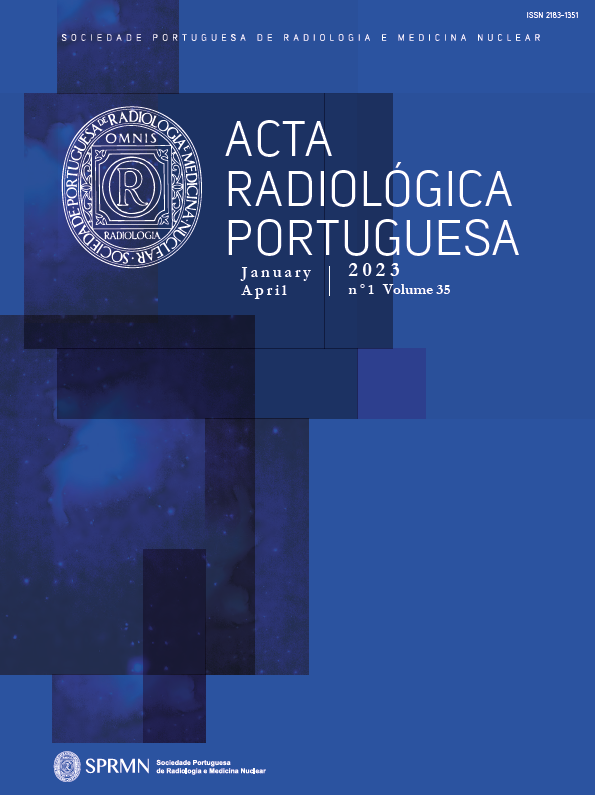Synchronous Hepatocellular Carcinoma and Cholangiocarcinoma in an Alcohol-Induced Cirrhotic Liver
DOI:
https://doi.org/10.25748/arp.27694Abstract
During evaluation for Liver Transplantation (LT) a 59-year-old patient with alcohol-induced liver cirrhosis presented with two small liver nodules with imaging features consistent with Hepatocellular Carcinoma (HCC). At separate times, both were successfully submitted to transarterial chemoembolization (TACE) with doxorubicin, allowing the patient to keep meeting LT criteria. The first nodule treated exhibited signs of recurrence 16 months after the procedure. Soon after the patient was transplanted. Surprisingly, histopathological analysis of the explant liver revealed synchronous hepatocellular carcinoma (HCC) and cholangiocarcinoma (CC) in different segments. Such occurrence is exceedingly rare. The preoperative diagnosis if quite difficult and it is often unsuspected until pathological and immunohistochemical examination. The CC component has been associated with poorer prognosis. Although rare, it is essential to raise awareness for the potential occurrence of these simultaneous entities, in order to provide timely and potentially life-saving directed treatment.
Downloads
Published
Issue
Section
License
CC BY-NC 4.0


